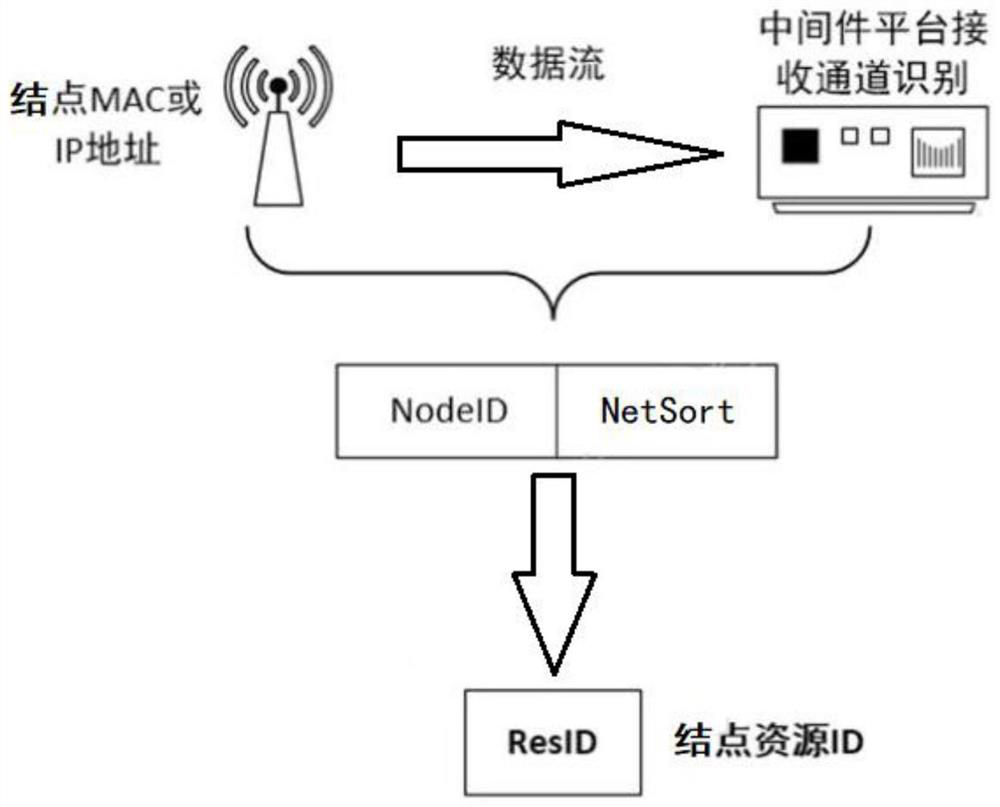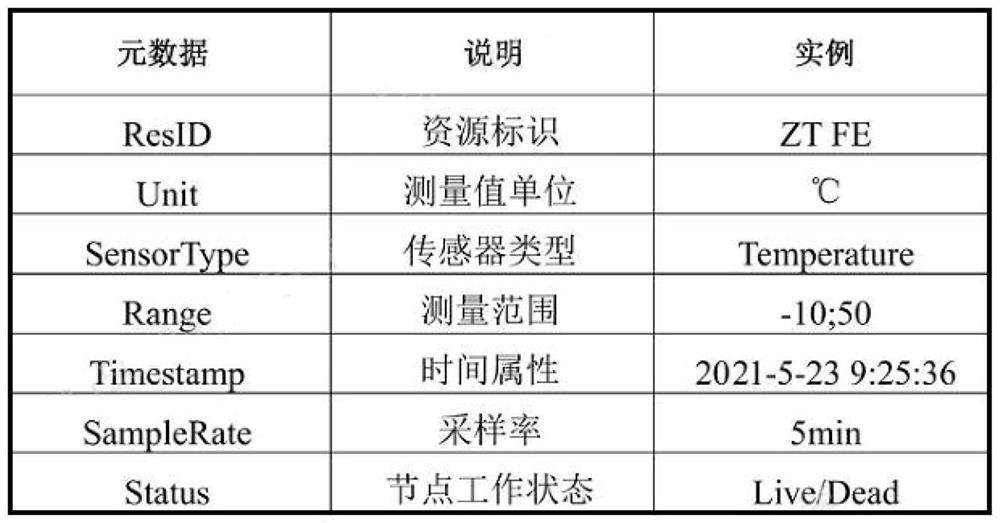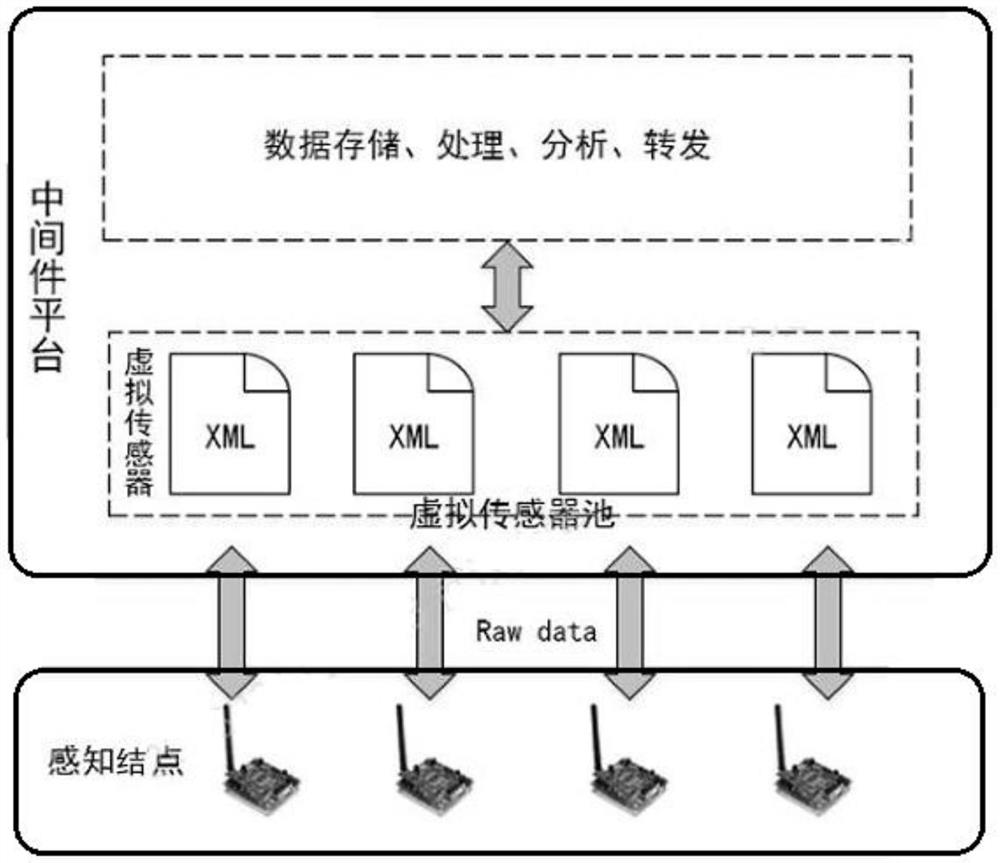Multi-sensor Internet of Things resource adaptive deployment management and control middleware
A multi-sensor and middleware technology, applied in the direction of instruments, network topology, electrical components, etc., can solve the lack of data edge analysis and processing into the middleware function module, the Internet of Things application has low complexity, and the application layer cannot node resources, etc. problems, to achieve the effect of improving reusability and scalability, reducing the complexity of manual deployment, and strong scalability of network topology
- Summary
- Abstract
- Description
- Claims
- Application Information
AI Technical Summary
Problems solved by technology
Method used
Image
Examples
Embodiment Construction
[0097] The specific implementation of the middleware for self-adaptive deployment and control of multi-sensor Internet of Things resources of the present application will be described in detail below in conjunction with the accompanying drawings, so that those skilled in the art can better understand the present application and implement it. Those skilled in the art can make similar promotions without violating the connotation of the present application, so the present application is not limited by the specific implementation manners disclosed below.
[0098] As an important foundation and component of the Internet of Things, wireless sensor networks are widely deployed in various applications such as environmental monitoring, smart cities, modern agriculture, and smart homes, and are responsible for the acquisition and transmission of massive sensing data in various applications. Due to the different data protocols and physical interfaces of different sensor resources, wireles...
PUM
 Login to View More
Login to View More Abstract
Description
Claims
Application Information
 Login to View More
Login to View More - R&D
- Intellectual Property
- Life Sciences
- Materials
- Tech Scout
- Unparalleled Data Quality
- Higher Quality Content
- 60% Fewer Hallucinations
Browse by: Latest US Patents, China's latest patents, Technical Efficacy Thesaurus, Application Domain, Technology Topic, Popular Technical Reports.
© 2025 PatSnap. All rights reserved.Legal|Privacy policy|Modern Slavery Act Transparency Statement|Sitemap|About US| Contact US: help@patsnap.com



